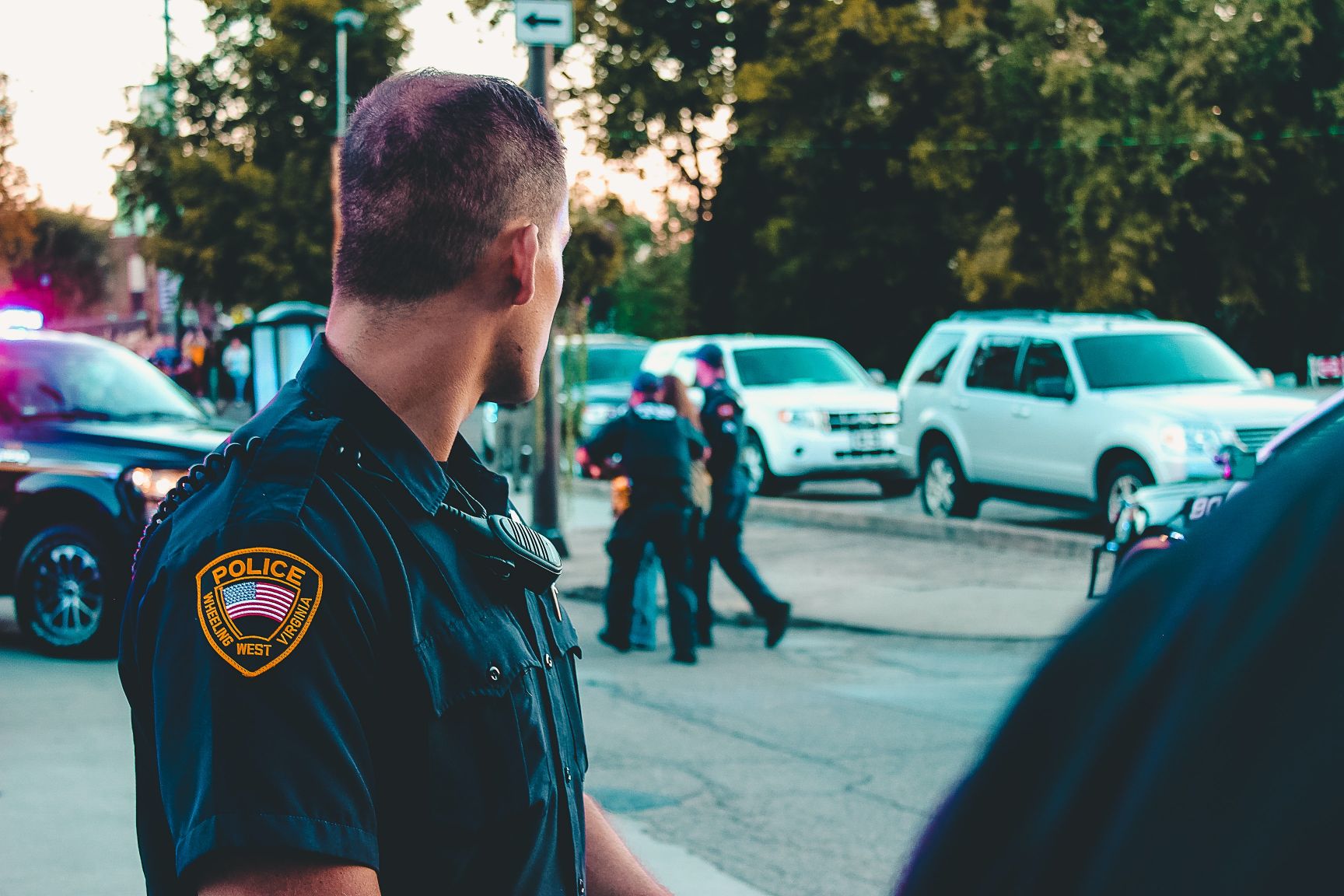Law enforcement in general is experiencing a rebirth that has slowly emerged since President Obama gave Charles Ramsey and others the task of assembling the report that centered upon the 21st Century style of policing. The pillars of policing are squarely placed around how society views their civic law enforcement.
What will policing look like in the years ahead? Reform, reboot, defund and refund are all words circulating in all corners of our nation to transform the services provided by police officers on a daily basis. The question becomes, what will police training look like in the future? What will reform look like in the future? Here are some possibilities that might gradually become part of the Basic Police Training Programs.
1. Drone pilot certification programs.
The future may include not only artificial intelligence programs changing training at the basic training level but also the use of drones. All police vehicles will be equipped with a drone in their trunks that can be placed into operation at any vehicle accident scene, crime scene or pursuit situation. Police recruits will be trained as “drone pilots” and authorized to use such devices. Weekly training will include a block of instruction for the recruits and upon successfully passing the final examination become a certified drone pilot — very similar to certification with tasers and firearms training requirements.
2. Role playing expansion for de-escalating the use of all levels of force.
The current structure of many academy classes is block-type 50-minute classes resulting in a number of hours of training throughout the basic training calendar. More time will be devoted to each officer nurturing their communication skills rather than attending a one-, two- or three-hour block of instruction and moving on to another topic.
3. Technology training expansion and orientation.
Although the Z-generation has a reputation of multi-tasking and the ability to understand various formats of technology, more emphasis needs to be given to the social media networks for new recruits to master. The assumption cannot be made that all understand the dynamics and the potential of what the social media can do in a positive manner. We may also observe the police radio become a relic, such as police call boxes, and replaced by cell phones. The 500-megahertz and 800-megahertz frequencies may no longer have applications, and the cell phone can provide all of the same services.
4. Motivational speaking.
The reform era has found police officers being assigned as D.A.R.E. officers and even School Resource Officers (SROs). On occasion, the officers assigned to such duties are on vacation or excused for other reasons. A replacement officer may be required through contract obligations or grants between the school district and the police agency. New recruits need to nurture their skills as motivational speakers. Methods of how to organize groups for community meetings, addressing younger generations and the geriatric community need to be emphasized.
The age of our society has increased and law enforcement will need to address the issues that the older generation faces on a daily basis. Wellness checks will either supplement or replace vacation checks by many police agencies. Food distribution drives are no longer a separate entity in a community but a team approach that involves law enforcement participating on a routine basis. Organizing and participating with such programs need to become common place with all police agencies.
5. Blocks to positive communications.
The police uniform itself serves as a block to effective communication. This is well established. In addition, the police vehicle with tinted windows and in some cases bullet proof glass protection serves to separate the police from the community they serve. To offset both uniforms and the safety appearance of the patrol vehicle, more time and training should be devoted the recruits to master how to overcome the barriers that block effective communication methods.
By reviewing basic training courses and the time devoted to each will serve to enhance the holistic approach for the first level of training. This dovetails with the recruitment and selection process as well. We have seen an issue of attracting new potential individuals to the profession on all levels of government. Transforming the training to be more diversified and team oriented will complement the philosophy of Community Policing, which now has a grounding in most agencies.
Additionally, by incorporating new types of training into the curriculum, the profession will become further enhanced, followed by trust and innovation. The impact of the changes will have an impact upon the qualifications for policing, circling all the way back in time to Sir Robert Peel. Diversity, inclusion and cohesion all help to transform the services that police departments provide. The debate of proactive and reactive policing will continue. Strategies will evolve. Directed policing, Intelligence Policing and other models will transform.
Lastly, this is not to forget that law enforcement requires the ability to confront crimes in progress and other serious issues. Everything is not peaceful in our society. I remember a police sergeant who once told me that I was not a social worker but rather a law enforcement officer. The police officer moving forward will need to be both. The next phase for debate will be determining the curriculum changes needed to transform policing for the 22nd Century. Yes, not the 21st Century but the 22nd Century.
Change is slow to take place and transform. We need to take the programs that work and enhance the same ones. It is a given that policing is not returning to what it once was. Technology, of course, will aid law enforcement. It will start with curriculum changes and the implementation of teaching the training adjustments. We do not want to throw the baby out with the water. Law enforcement provides a service. Fighting crime is one element. Other elements need to be transformed. Reform is imminent.




